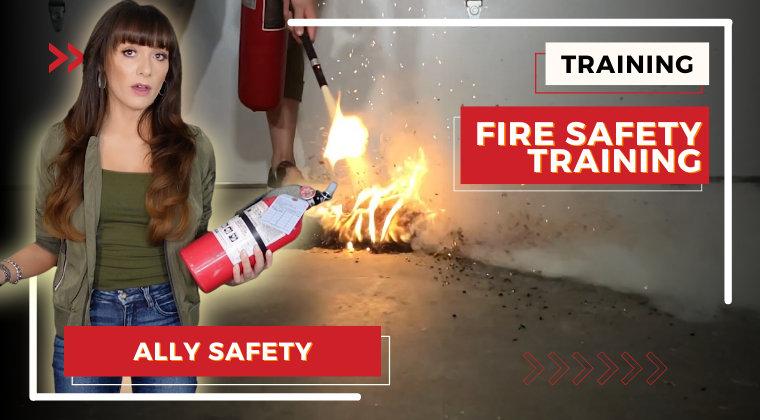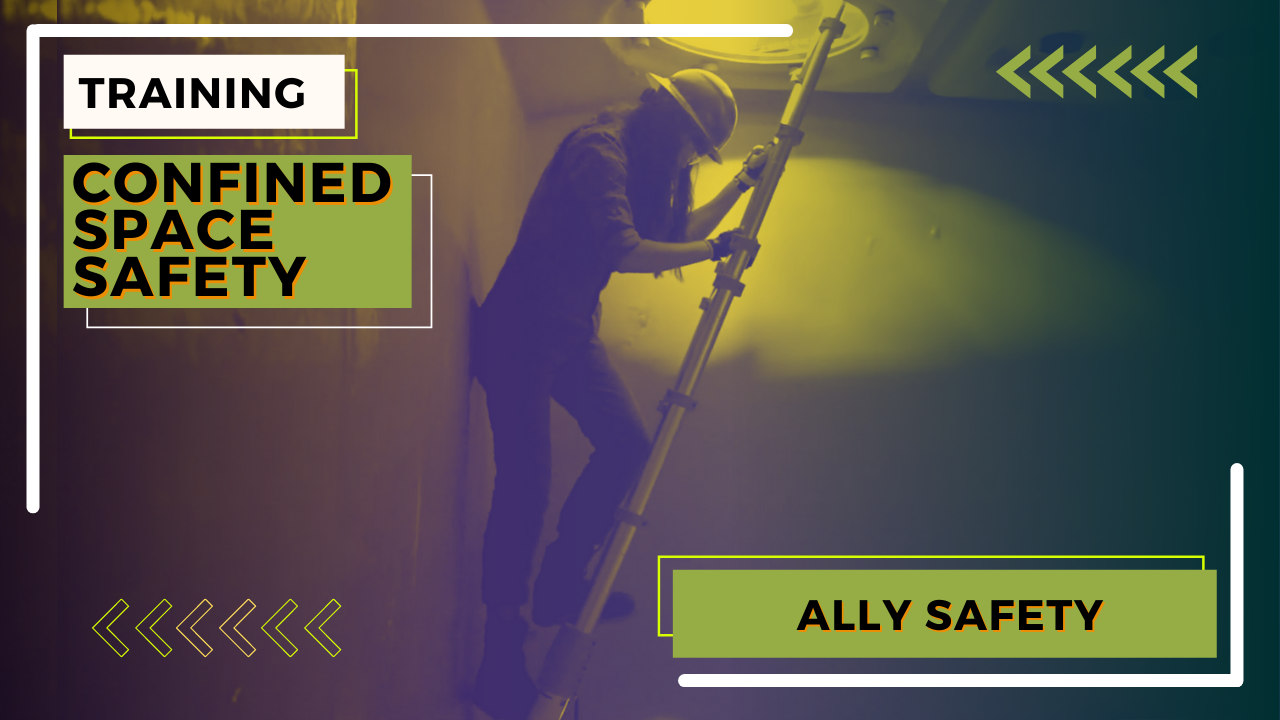Enhance Fire Safety Training with Ally Safety
In heavy industries, fire safety training is more than just a regulatory checkbox—it's a vital part of workplace safety. Understanding fire safety can prevent accidents, save lives, and ensure compliance with industry standards. Our training covers essential topics like fire extinguisher use, maintaining fire safety at work, and the different types of fire extinguishers. It empowers employees with the skills they need to act effectively during a fire, reducing panic and confusion. Plus, staying compliant with fire safety regulations helps businesses avoid legal issues and fines, making it a key part of any safety program.
The Evolution of Fire Safety Regulations
Fire safety regulations have come a long way, shaping how industries tackle fire prevention and response. A major milestone was the Safety of Life at Sea (SOLAS) convention, which set crucial fire protection standards. For more on this history, visit the History of SOLAS fire protection requirements.
These regulations significantly impact heavy industries, requiring measures like fire suppression systems and regular drills to ensure preparedness. As regulations change, industries must adapt their safety protocols to stay compliant and protect their teams.
Benefits of Fire Safety Training
Fire safety training is crucial for employee safety in heavy industries. Here are its key benefits:
- Boosts Confidence and Preparedness: Comprehensive training builds confidence, equipping employees to handle fire emergencies effectively.
- Reduces Risks: By understanding fire risks and prevention, employees contribute to a safer work environment.
- Improves Emergency Response: Training enhances the ability to respond quickly during emergencies, potentially saving lives and reducing damage.
Fire Extinguisher Training and Types
In heavy industries, knowing how to use fire extinguishers is crucial. Here's what you need to know:
- Types of Fire Extinguishers: Different extinguishers are designed for various fires. Knowing their uses is key to effective fire management.
- Common Types and Uses:
- Water Extinguishers: For Class A fires involving materials like wood and paper.
- Foam Extinguishers: Ideal for Class A and B fires, especially those involving flammable liquids.
- CO2 Extinguishers: Effective for Class B and electrical fires, leaving no residue.
- Dry Powder Extinguishers: Versatile for Class A, B, and C fires, but can be messy.
- Practical Training Tips:
- Conduct regular hands-on sessions to familiarize employees with different extinguishers.
- Ensure understanding of the PASS technique: Pull, Aim, Squeeze, and Sweep.
Effective fire extinguisher training enhances safety and boosts employee confidence in handling fire emergencies. Check out our Fire Extinguisher Toolbox Talk training for a quick and easy guide.
Ensuring Fire Safety at Work
Creating a safe work environment is essential in heavy industries. Here are strategies to maintain fire safety:
- Regular Safety Drills: Conducting drills ensures employees know how to react in emergencies, familiarizing them with escape routes.
- Equipment Checks: Regular checks of fire safety equipment ensure they are ready for use.
- Clear Signage: Ensure fire exits and escape routes are clearly marked and unobstructed.
- Employee Training: Ongoing education keeps employees informed about the latest safety protocols.
Implementing these practices creates a safer environment, reducing the risk of fire-related incidents.
Technological Advancements in Fire Safety
Technology enhances fire safety measures with innovative solutions. Here are some modern advancements:
- Smart Sensors: Detect smoke, heat, and gas leaks early, enabling quicker responses.
- Automated Systems: Control fires before they spread, minimizing damage.
- Data Analytics: Identify potential hazards and trends for proactive measures.
- Virtual Reality Training: Offers immersive training experiences for practicing fire safety scenarios.
For more insights on technology in fire safety, visit the Fire and Safety Journal Americas.
Embracing these advancements enhances fire safety protocols, ensuring a safer workplace.
Summary and Next Steps
Fire safety training is crucial in heavy industries. By understanding evolving regulations, companies can enhance their safety practices. Training programs build confidence and prepare employees for emergencies, reducing risks.
Key elements of effective fire safety training include:
- Comprehensive fire extinguisher training.
- Regular fire safety drills and equipment checks.
- Incorporating modern technology to complement traditional methods.
To elevate your fire safety training, consider Ally Safety's resources, including Safety Training Courses and Toolbox Talk Video Membership. These tools help create a safer, more informed workplace.
Call to Action
Ready to boost your fire safety training? Visit Ally Safety for engaging and modern training solutions tailored for heavy industries. Our toolbox talk videos and detailed courses are designed to educate and engage, ensuring your team is prepared and compliant. Start your journey towards a safer workplace today!



Leave a comment
All comments are moderated before being published.
This site is protected by hCaptcha and the hCaptcha Privacy Policy and Terms of Service apply.